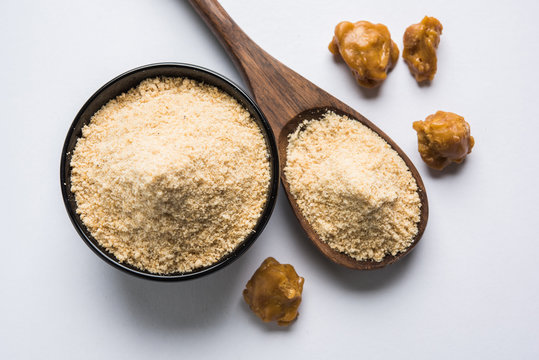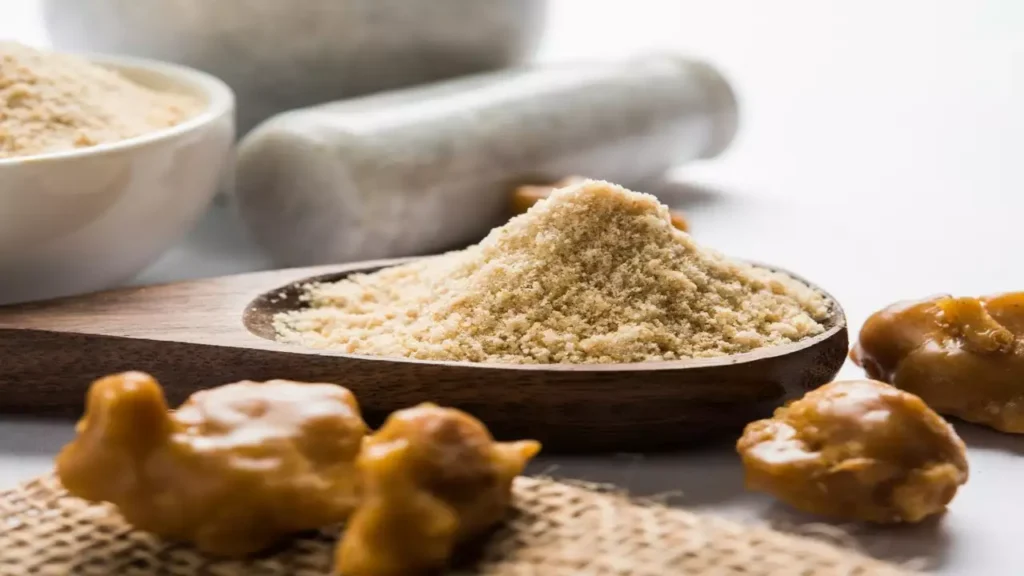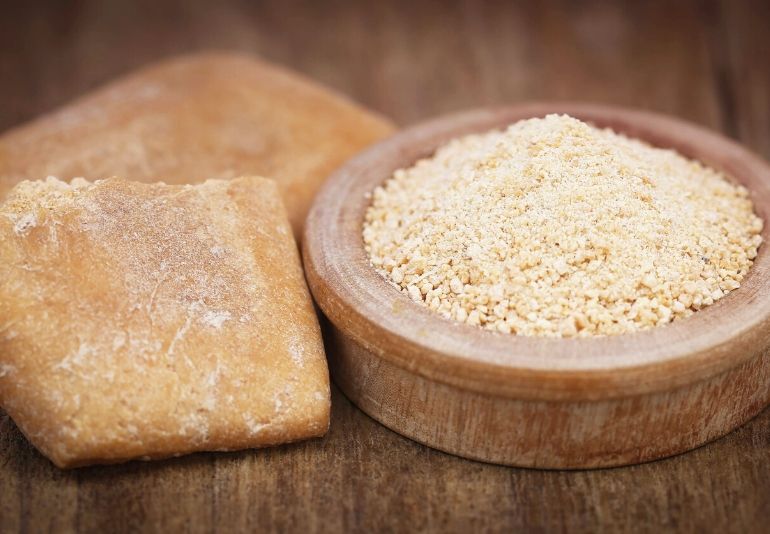Hing, commonly known as Asafoetida in English, is a versatile spice with a distinctive aroma and flavor that has been a staple in Indian and Middle Eastern kitchens for centuries. This comprehensive guide delves into everything you need to know about hing, from its fascinating origins and unique production process to its remarkable health benefits and culinary versatility. Discover how this powerful spice enhances the taste of dishes, serves as a natural remedy for digestive issues, and holds cultural significance in traditional practices. Whether you’re a seasoned chef or a curious foodie, explore why hing is truly a must-have in your spice collection.
What is asafoetida (hing) and where does it come from?
Summary: Hing, known as Asafoetida in English, is a pungent spice derived from the resin of the Ferula plant native to Iran and Afghanistan. It is commonly used in Indian cuisine.
Detailed Answer:
1. Hing, also known as Asafoetida in English, is a spice made from the dried latex (gum oleoresin) extracted from the taproot of several species of Ferula, which are perennial herbs.
2. This spice is especially significant in Indian cuisine for its strong, pungent aroma and flavor, which can transform into a more pleasant scent when cooked.
3. The primary source regions of asafoetida are Iran and Afghanistan, although it is widely used and traded in South Asia.
4. It is available in both solid and powdered forms, with the latter being more common for culinary purposes.
5. Historically, asafoetida has also been used in traditional medicine for its various health benefits, making it a staple in households not only for its culinary uses but also for its therapeutic properties.
6. The name “asafoetida” is derived from the Persian word “aza” (resin) and the Latin word “foetidus” (smelling), highlighting its distinctively strong odor.
7. Asafoetida has been used since ancient times, dating back to the Roman Empire, where it was known as “food of the gods” and was used to enhance the flavor of various dishes and as a medicine for multiple ailments.
How do I use asafoetida in cooking? Are there specific dishes that benefit from its flavor?
Summary: Asafoetida is used sparingly in cooking to impart a unique flavor to dishes, particularly in Indian cuisine. It’s especially beneficial in dals, curries, and pickles.
Detailed Answer:
1. Asafoetida should be used in small quantities due to its strong flavor. Typically, a pinch is enough to enhance the taste of a dish.
2. It is usually added to hot oil or ghee at the beginning of cooking to mellow its flavor and integrate it into the dish.
3. Specific dishes that benefit from asafoetida include various Indian dals (lentil dishes), vegetable curries, pickles, and certain spice blends like sambar powder.
4. It pairs particularly well with legumes and starchy vegetables, aiding in digestion and adding depth to the overall flavor profile of the dish.
5. Asafoetida is also used in other culinary traditions, such as Middle Eastern and Persian cuisines, where it is valued for its ability to enhance the flavors of soups, stews, and meat dishes.
6. In Indian cuisine, asafoetida is often a key ingredient in tempering (or tadka), where spices are briefly fried in oil or ghee to release their flavors before being added to a dish.
7. The use of asafoetida is prevalent in vegetarian dishes, particularly in South Indian and Gujarati cuisines, where it provides a depth of flavor that is often missed due to the absence of garlic and onions.

What are the health benefits of consuming asafoetida?
Summary: Asafoetida offers numerous health benefits, including aiding digestion, reducing bloating, and exhibiting anti-inflammatory properties.
Detailed Answer:
1. Asafoetida is well-regarded for its digestive properties. It can help alleviate indigestion, bloating, and gas, making it a staple in many digestive remedies.
2. It possesses anti-inflammatory and anti-microbial properties, which can contribute to overall gut health and reduce inflammation in the body.
3. Some studies suggest that asafoetida may have potential in reducing blood pressure and managing asthma due to its antispasmodic and bronchodilator effects.
4. Additionally, it is believed to have anti-viral properties, which can help in boosting the immune system and fighting off certain infections.
5. Asafoetida is also used in traditional medicine to treat a variety of ailments, including respiratory issues, menstrual problems, and even nervous disorders.
6. It is considered beneficial for diabetics as it may help in regulating blood sugar levels.
7. Asafoetida is also used in some cultures as a home remedy for children’s colic and other digestive issues.
8. Its anti-inflammatory properties make it useful in treating conditions such as arthritis and other inflammatory disorders.
9. Asafoetida has also been studied for its potential in cancer prevention, owing to its antioxidant properties, which help in neutralizing harmful free radicals in the body.
Are there any side effects or considerations to keep in mind when using asafoetida?
Summary: While asafoetida has health benefits, it should be used cautiously. Possible side effects include allergic reactions, gastrointestinal issues, and an unpleasant odor.
Detailed Answer:
1. Asafoetida should be consumed in moderation as excessive use can lead to gastrointestinal distress, including nausea and diarrhea.
2. Individuals with certain allergies may experience adverse reactions upon consuming asafoetida. It is advisable to perform a patch test if trying it for the first time.
3. Pregnant and breastfeeding women should consult with a healthcare provider before incorporating asafoetida into their diet due to its strong bioactive properties.
4. The pungent odor of raw asafoetida can be overwhelming; hence, it is crucial to store it in airtight containers and use it sparingly in dishes.
5. Additionally, some people might find the taste and smell of asafoetida unpalatable, especially if they are not accustomed to it. It’s important to introduce it gradually into one’s diet to develop a taste for it.
6. Asafoetida can interact with certain medications, particularly anticoagulants and antihypertensive drugs, so it’s important to consult with a healthcare professional before using it regularly if you are on medication.
7. People with high blood pressure or other cardiovascular conditions should be cautious when using asafoetida, as it can affect blood pressure levels.

Can asafoetida be used as a substitute for other spices? If so, which ones?
Summary: Asafoetida can be used as a substitute for garlic and onion in cooking, providing a similar umami flavor without overpowering the dish.
Detailed Answer:
1. Asafoetida is often used as a substitute for garlic and onion, especially in dishes where these ingredients are restricted, such as in certain Jain and Brahmin diets.
2. Its umami flavor profile can mimic the taste of these alliums, making it a suitable replacement without the overpowering smell.
3. To use asafoetida as a substitute, a small pinch added to hot oil at the beginning of cooking can provide the desired flavor.
4. This substitution is particularly useful in recipes that require a delicate balance of spices where the strong flavors of garlic and onion might overwhelm the dish.
5. Additionally, asafoetida can also replace other strong spices in certain recipes, providing a unique twist while maintaining the desired flavor profile.
Conclusion
Asafoetida, known as hing, is a versatile spice with a rich history and wide range of uses in cooking and health. Its strong flavor, coupled with its numerous health benefits, makes it an essential ingredient in many kitchens. By understanding how to use asafoetida effectively, you can enhance your culinary creations and reap its health benefits. However, it’s important to use it in moderation and be aware of any potential side effects. Whether you’re substituting it for other spices or exploring its digestive benefits, asafoetida is a unique and valuable addition to your pantry. Asafoetida’s ability to transform from a pungent spice to a flavorful addition showcases its uniqueness in the culinary world. From aiding digestion to being a substitute for commonly used alliums, its versatility makes it a spice worth exploring and incorporating into your daily cooking routine.
